The Cork City Marathon took place today. The male winner was Philip Harty with a time of 02.32.58. The female winner was Nollaigh O’Neill with a time of 3.00.40.
As always, Seamus Coffey (UCC) organised our relay team entry. ‘Random Walk’ finished 93rd out of 689 relay teams (inclusive of youth and mixed gender teams) with a time of 3.40.40 – we were relatively surprised by this! The winning relay time was 2.24.00. Our relay team included contributors to this website; Robbie Butler, John Eakins, Sean O’Connor and Myself (All UCC). Brendan McElroy (UCC) was the fifth member of our team.
From what I’m told this is the best time Random Walk has recorded over the years. The distribution of finishing times for the 2016 relay race is below.
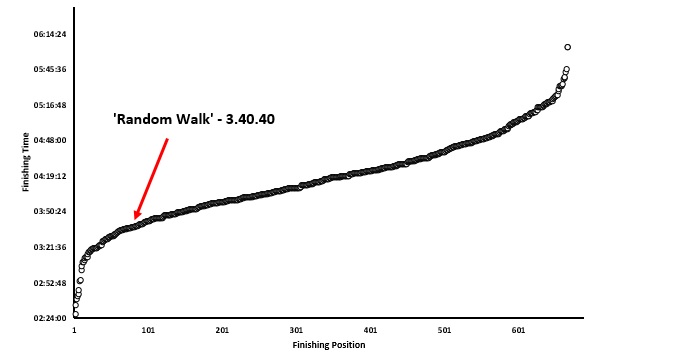
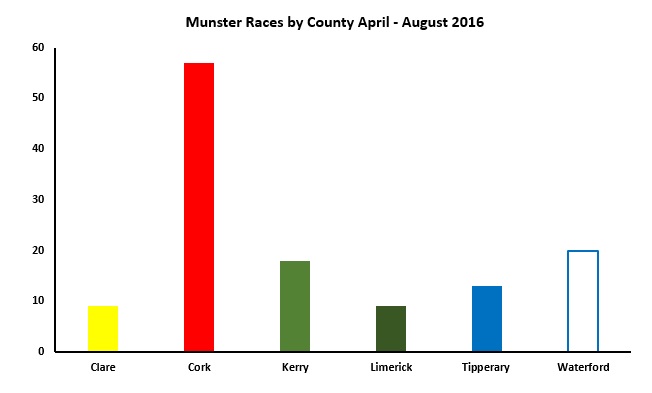
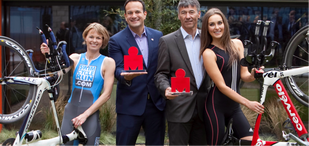
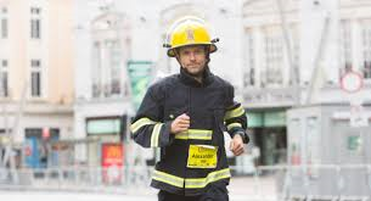
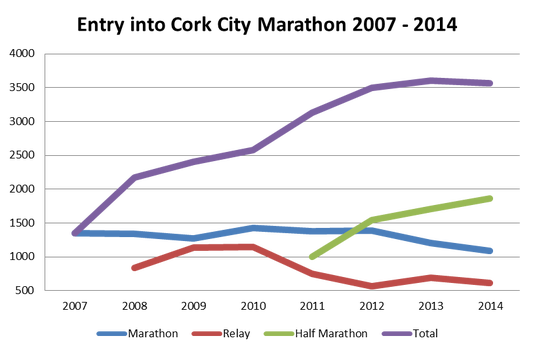
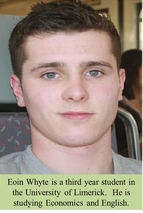
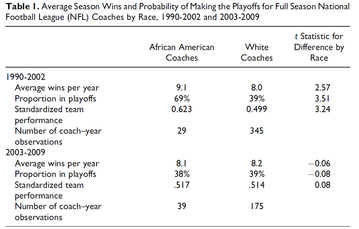
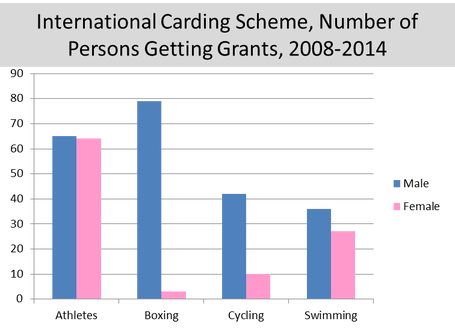
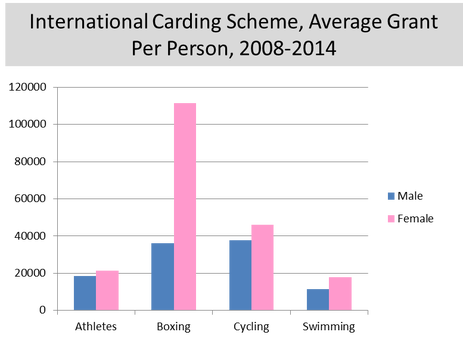
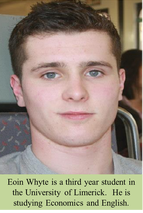
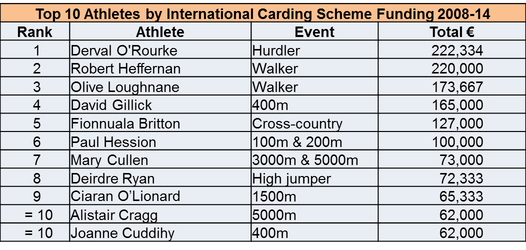
 RSS Feed
RSS Feed